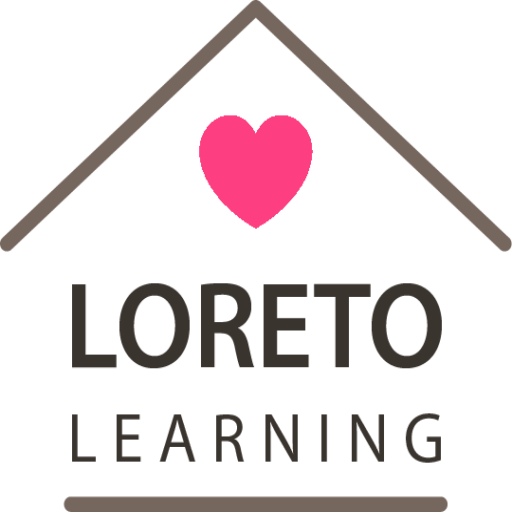It is common knowledge that previewing the textbook chapter is key to increasing engagement and retention in learners. Having students ask questions about what they survey adds an extra layer of interaction with the text. Finally, having students make predictions about what they preview helps them to become more interested in what they will be reading and provides a means of 1) affirming their ideas when they discover that their predictions are correct and 2) creating curiosity and deeper understanding when they discover that their predictions are incorrect.
The simple tool I’m about to explain has helped my students to look back on notes they took as they previewed the chapter. It has helped them to not only preview and engage with the text but also to review and reflect right before the test or summative assessment. We’ve used it regularly, and I’ve found that it is a simple trick that greatly increases the engagement of my students.
What It Looks Like

I usually just ask the kids to fold a page in their notebooks lengthwise. On the inside, we write questions on one column and predictions on the other. We use the other side as a title page and copy a short outline of the chapter. You can also have the students copy down a timeline of major events to get a better overview of the chapter.
Three Important Things:
- Direct Teach It
- Students write it down
- Think, pair, share
Direct Teach It
Before you ask students to do this activity, it is very important to spend some time showing them how to do it properly. It’s very simple, yes. However, there are a million ways to do it wrong, and it could easily become more of a useless distraction than a useful tool. Direct teaching the process will increase the quality of your student output. Make sure to model the process and do a think-aloud so that students know what you are expecting.
Things to teach:
- Look at pictures, captions, maps, titles, subheadings, words in bolds, etc.
- Question what you see – Who, what, where, when, why, how. Emphasize the importance of the how and why questions. Great questions can also question perspective, reliability, and completeness of sources.
- Predictions should be based on the things you see and should pull from your background knowledge. Encourage students to be bold, but also to use what they’ve previewed to come up with a reasonable prediction. Ask students to be prepared to provide a rationale to the class for their predictions.
Questions and predictions must be based on what they actually see from the book. Make sure to give examples of good questions/predictions that are based on pictures/headings/captions and examples of shallow questions/predictions or questions/predictions that aren’t actually based on anything they see in the chapter.
The Importance of Writing It Down
A key part of this activity is that students write their questions and predictions down in their notebooks as the beginning of their notes for the chapter.
This will allow them to reference it continuously as they read the chapter and once they’ve finished. It increases engagement because students feel affirmed when their predictions come true or have their questions answered. I often direct students to put checkmarks or stars on predictions that came true and page numbers of answers to their questions. It also helps to see what questions have not been answered by the end of the chapter. These notes could also be a good source for extension projects, etc.
Think, Pair, Share
So after you’ve given instructions and modeled the process, it is important to allow students to try the process individually first. It gives them an opportunity to come up with original ideas that will help them be excited to share with peers. Make sure to walk the room and help students who seem to be stuck.
After working individually, students should have some time with a partner to share and generate more questions and predictions, especially for those who are having a hard time. When students know that they will have to share with someone, they usually try to do a better job. Their partner also works as a great soundboard for ideas. Make sure there’s time for them to really engage and discuss with each other while staying on task (tip: when there have been too many off-task conversations, then it’s time to end it. If it’s just a particular group, I regroup them or ask them to do the activity individually).
Finally, make sure to allow students to share their questions and predictions with the whole class. I usually like to ask each group to share their one favorite. I warn them that they will have to share their favorite for about five minutes before we share as a whole group. If time is a factor, you can simply ask for volunteers or pick a few great examples you’ve seen as you walked around the room.
I hope this helps! Thank you for teaching! If you’d like to stay up to date with new articles, teacher tools, and freebies, please subscribe to the mailing list below!

